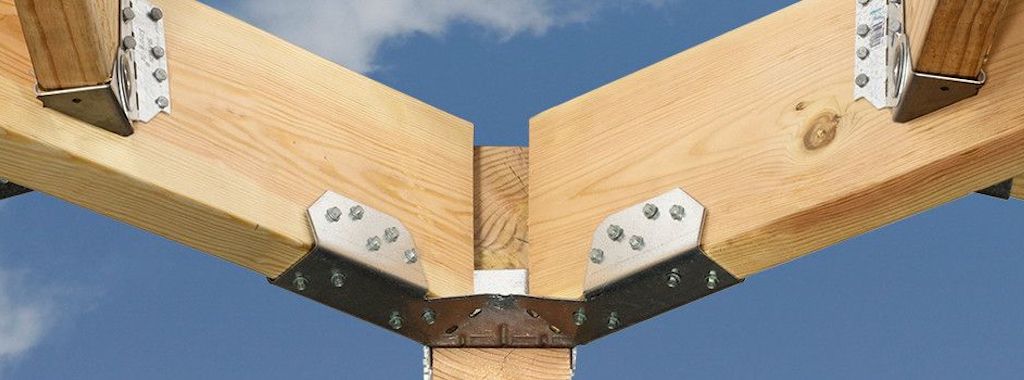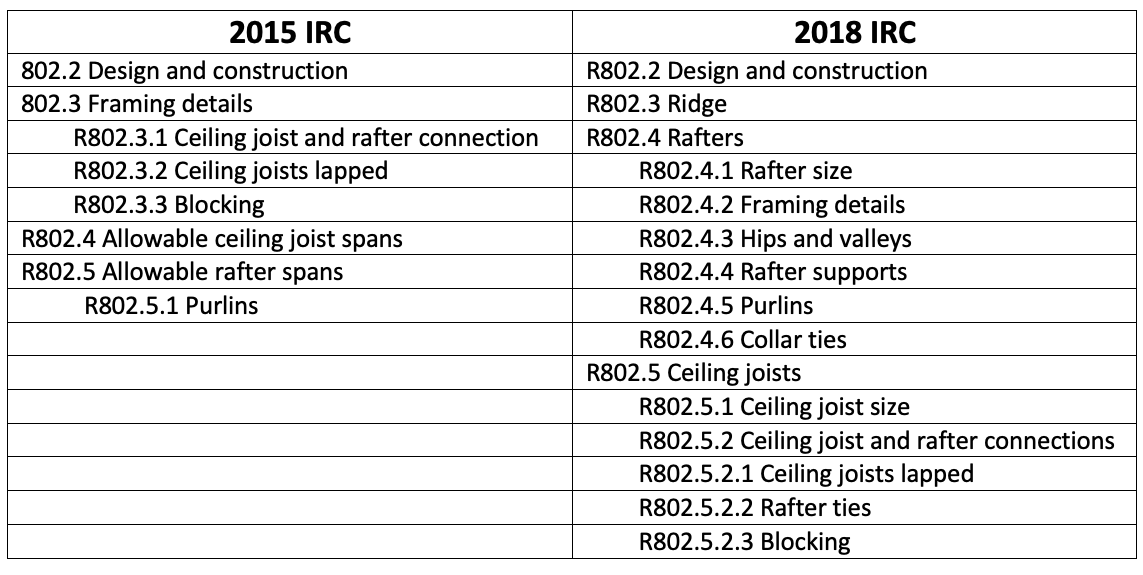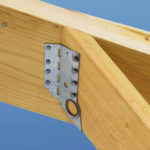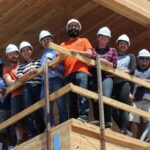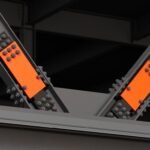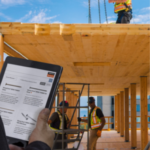While stick-frame roofs are sometimes preferred to premanufactured roof trusses in some areas of the country because they can accommodate larger attics, higher ceilings, and complex roof shapes, the code requirements for these roofs are often more complex. That’s largely because, unlike truss-framed roofs, the code needs to provide a complete prescriptive method of building the roof, including the multitude of connections that must be made in the field. And, to complicate matters further, the code requirements for stick-frame roofing have been rewritten in each of the last two code cycles. I’d like to give you a high-level overview of some of those changes. In a previous SE Blog post, we discussed the design concepts of stick-framed roofs, and summarized a few of the solutions offered by the Simpson Strong-Tie® connector system for stick-frame roofing. The main concept in that post was the necessity of a continuous tie across the bottom of the rafter system to prevent the heels of the rafters from spreading under load and pushing out on the tops of the walls.
In this post, I’d like to provide more specific information on code changes. The 2018 IRC® code requirements for rafter-ceiling joist systems have been re-written to emphasize the need for that connection. The 2018 requirements for rafter system design start as follows:
R802.2 Design and construction. The roof and ceiling assembly shall provide continuous ties across the structure to prevent roof thrust from being applied to the supporting walls. The assembly shall be designed and constructed in accordance with the provisions of this chapter and Figures R606.11(1), R606.11(2) and R606.11(3) or in accordance with AWC NDS.
Another significant revision was a restructuring so that the requirements were organized by the framing members. Here is a summary of the changes to the structure of the section:
In the 2021 IRC, expect even more revisions to this section. Builders will probably like the revision to Table R802.5.2 that will require approximately 20% fewer nails in the rafter-to-ceiling joist heel joint connection. The rafter-to-ridge, collar tie, and ridge strap requirements have been clarified. The trigger for a ridge beam and its required bearing are revised slightly. In addition, the different cases for ceiling joist and rafter connections are better described.
For more detailed information on how to build a stick-framed roof as well as the code requirements associated with them, you can view a free webinar we held on Thursday, October 22. In the webinar, we discussed Chapter 8 of the International Residential Code® (IRC) as it applies to conventionally framed roofing, highlighting the progression of code requirements over the last two editions and noting the upcoming changes for 2021. You’ll hear about how to meet the roof tiedown requirements as well. Thom Murphy, senior product manager, will also highlight connector solutions designed to make stick framing more resilient and intuitive.
After attending this webinar, you should be able to:
- Describe basics of conventional roof framing such as hip and valley rafters, ridge boards, and ridge beams, as well as the correct applications for rafters, joists, and other members
- Identify correct application of the IRC as it pertains to stick-frame roof construction
- Recognize the role of various critical connections in building a stable roof
- Identify hanger solutions and design resources that address common challenges with stick-frame roof construction
Visit our Learning Center to watch it today!
In case you can’t make the webinar, we also want to make you aware of new resources for designing and building stick-frame roofs:
Simpson Strong-Tie provides a Slope and Skew Calculator web app that will calculate the slope and skew angles for hips and valleys to aid in framing them.
The Journal of Light Construction recently published an article on a new book: “Handy Formulas for Stick Framing Roofs.”
Simpson Strong-Tie online course: “Code Requirements for Conventionally Framed Roofs”
Are there any resources that you would like to share?

